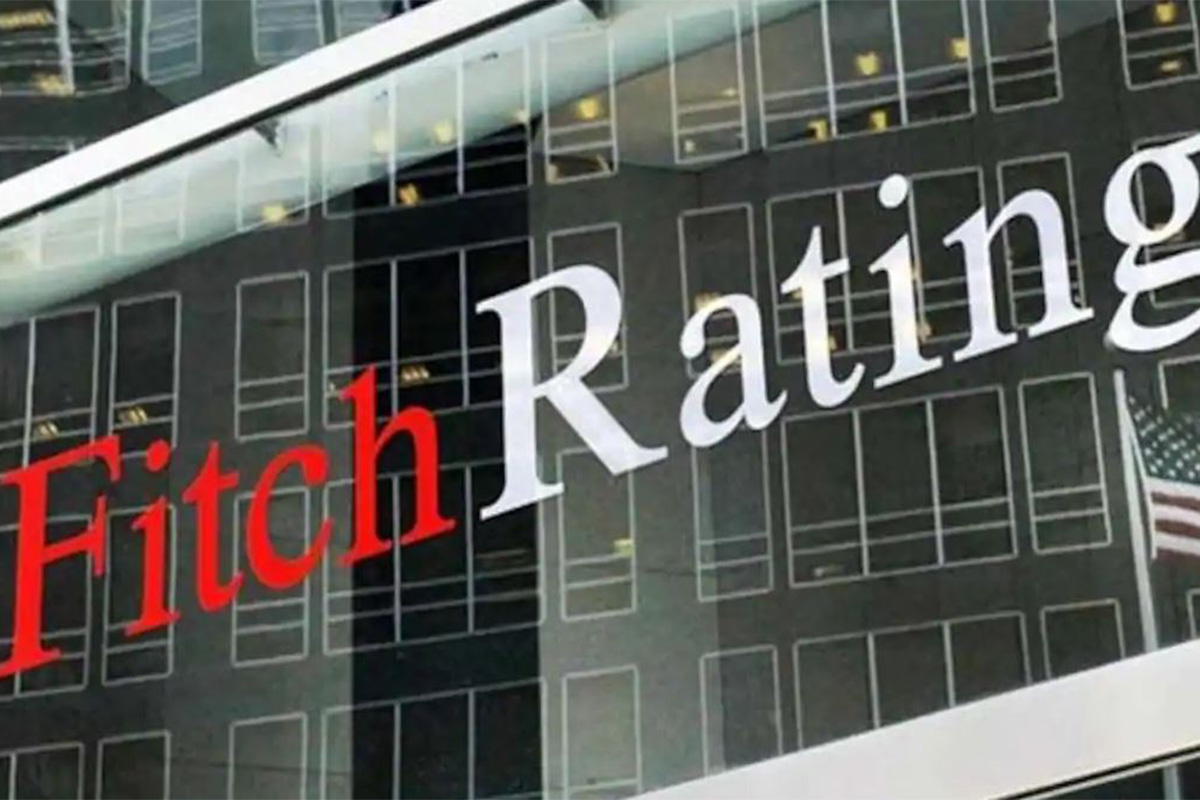India to breach fiscal deficit target in FY22: Fitch Solutions
It did not expect the government to significantly expand spending beyond what has been budgeted.
It forecast a 5 per cent year-on-year (y-o-y) growth in 2021 and 2022, as the outbreak is brought under control and the economic activity normalises.

The one bright spot was LPG, demand for which rose by 4.3 per cent in the year to date (YTD). (Photo: Getty)
Fitch Solutions has revised downward its forecast for fuel demand contraction in India to 11.5 per cent in 2020 in line with further deterioration in the country’s economic outlook.
Its economists forecast India’s real GDP to contract by 8.6 per cent in the fiscal year 2020-21 (April 2020 to March 2021), down from -4.5 per cent previously.
Advertisement
“Demand weakness is spread across the board, with both consumer and industrial fuels set for the steep decline,” Fitch Solutions said in a note. “We have made a further downward revision to our India refined fuels demand forecast for 2020, from -9.4 per cent to -11.5 per cent, in line with further deterioration in the country’s economic outlook.”
Advertisement
It forecast a 5 per cent year-on-year (y-o-y) growth in 2021 and 2022, as the outbreak is brought under control and the economic activity normalises.
In the first quarter of 2020-21, the GDP shrank by 23.9 per cent, the steepest contraction on record.
The domestic COVID-19 outbreak shows no signs of abating, with daily cases continuing to accelerate.
“While the nationwide lockdown (in place since March 25) was lifted on May 31, state-level restrictions remain in place and will likely drag on the economic recovery,” it said.
High unemployment and the loss of income stemming from the coronavirus have severely depressed consumer spending, which in turn will weigh on the business investment, it said.
In response to the pandemic, the government has introduced a number of stimulus measures which will likely continue to boost spending in the face of a persistent revenue shortfall.
“However, given the scale of the economic damage currently being wrought, the fiscal response is proving far from sufficient,” Fitch said.
Fitch Solutions said demand weakness is spread across the board, with both consumer and industrial fuels set for steep decline.
With a nationwide lockdown in place over March to May, domestic demand plummeted, reaching its nadir in April at 48.7 per cent year-on-year contraction for total fuels consumption.
As the lockdown was rolled back, demand began showing some signs of life, contracting by just 8.6 per cent in June. However, state-level restrictions, persistent disruption to economic activity and continued and aggressive spread of the virus dragged the demand lower once again, with 20.6 per cent contraction in August.
The transport sectors have suffered the heaviest losses, as social distancing measures cut off traffic and travel and curbed demand for road, air and shipping freight.
In percentage terms, jet fuel has seen the sharpest contraction, with consumption falling on average by 46.6 per cent in the eight months to August, it said adding at its April low, the demand contracted by 91.4 per cent y-o-y, due to a total ban on flights, excluding those for essential cargo movement, such as medicines.
Gasoline (petrol) demand fell by an average of 16.1 per cent in the YTD (with a low of 60.4 per cent) and diesel demand (which is widely used in the transport, industrial and power sectors) was down by 25 per cent, with a low of 55.5 per cent.
“Industrial demand as a whole has declined sharply, due to restrictions in place on business activities, labour and supply shortages and credit constraints,” Fitch said.
The one bright spot was LPG, demand for which rose by 4.3 per cent in the year to date (YTD).
“Social distancing measures have increased residential demand as whole, while the government’s policy to offer free cylinder refills to low-income households offered an additional boost,” it said.
Fitch said its 2021 and 2022 fuel demand forecast are skewed to the downside. “The economy was already under strain in advance of COVID-19. The virus has only served to exacerbate this strain and the path to recovery is far from clear. Both the manufacturing and services sectors will likely remain under pressure in the coming months, as demand remains weak and state-level restrictions constrain activity.”
A rollback of these restrictions should help normalise output, but in light of the persistence of the outbreak, the return to normalcy will likely be slow, it said adding a favourable monsoon rainfall this season points to a strong harvest, while a recent sharp rebound in steel and cement output points to a nascent recovery in construction.
Both are positive for employment and income, particularly in rural areas.
“However, they are not of themselves sufficient to offset broader weakness in the manufacturing and services sectors. These sectors will be slower to recover, with the real GDP growth in 2021 (+6.2 per cent) forecast to fall significantly short of the contraction seen this year,” the rating agency added.
Advertisement